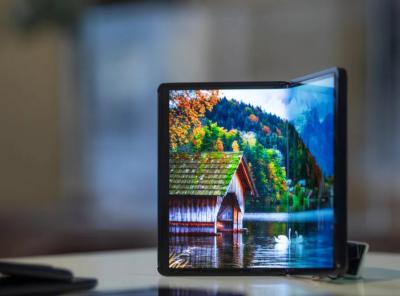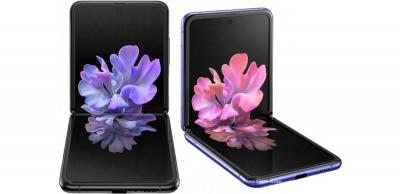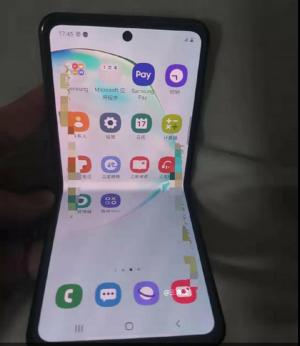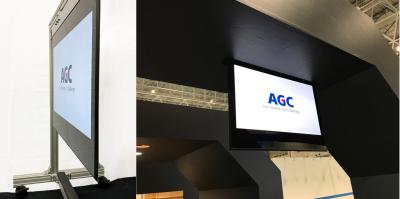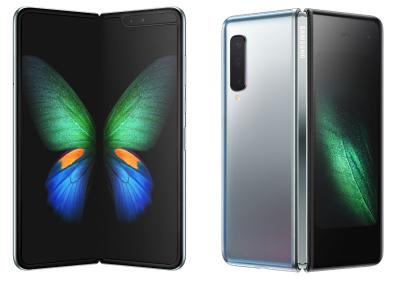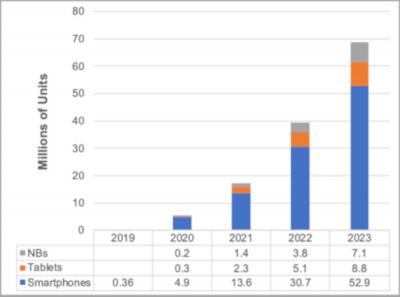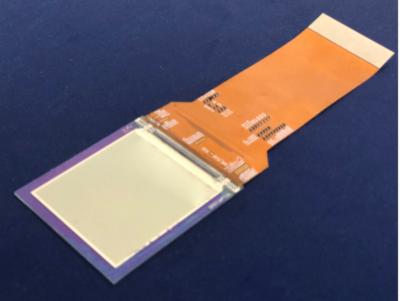UBI sees fast growth in Polyimide films and ultra-thin glass for foldable smartphone displays
UBI Research estimates that foldable smartphone display makers will continue to rely on both Ultra-Thin-Glass (UTG) and Colorless Polyimide (CPI) films for at least the next five years.

UBI sees demand for CPI films will reach 4.3 million units in 2020 while demand for UTG will reach 3.5 million units. Demand for both products will grow and by 2024 it will reach 37.1 million units for CPI and 30.5 million for UTG.


